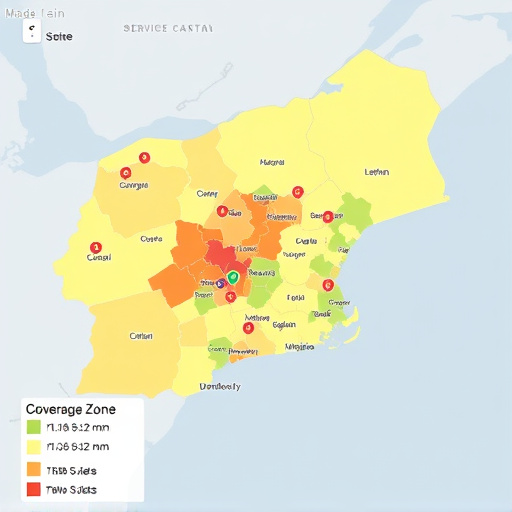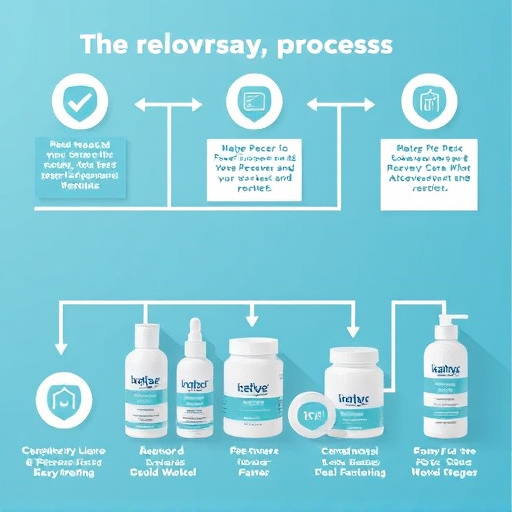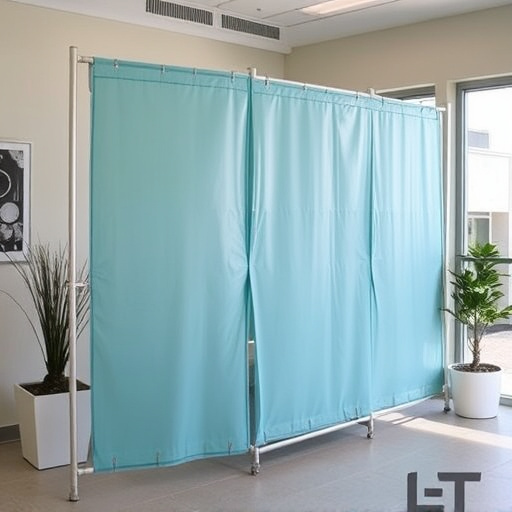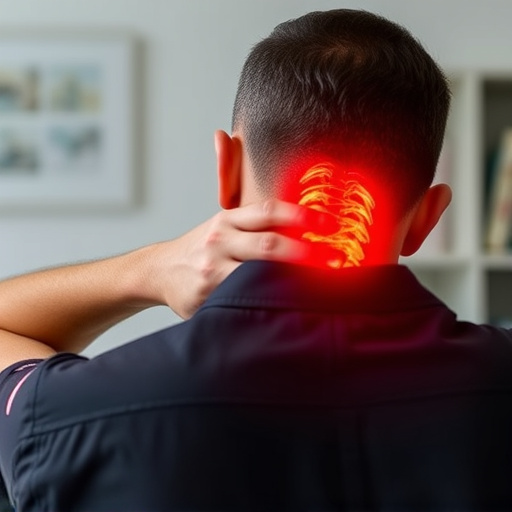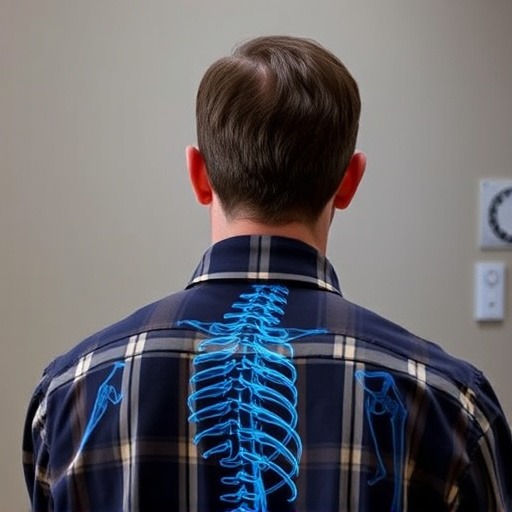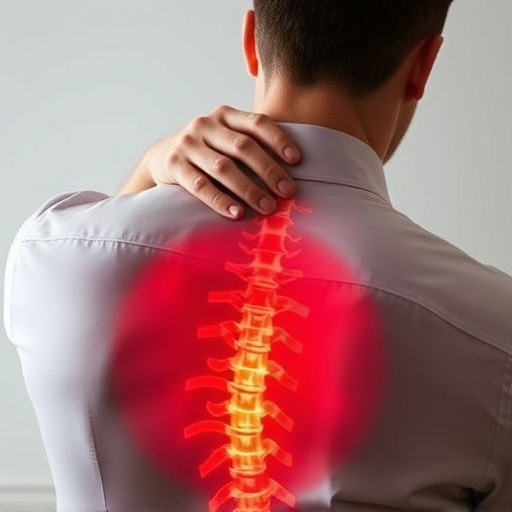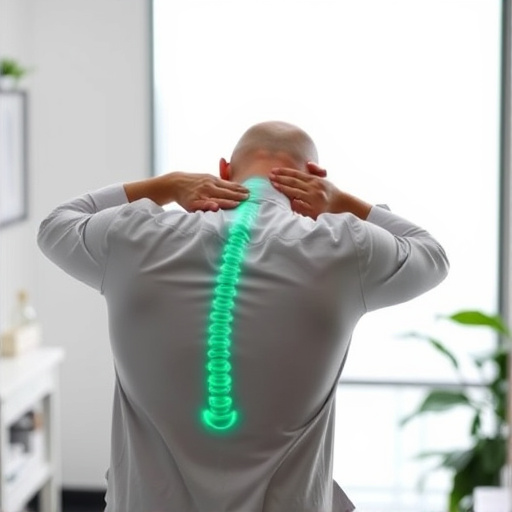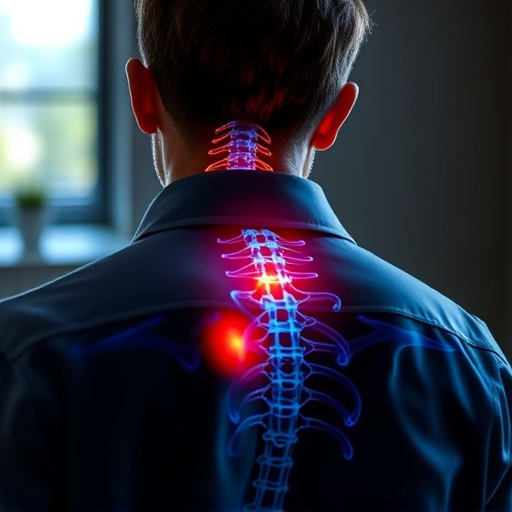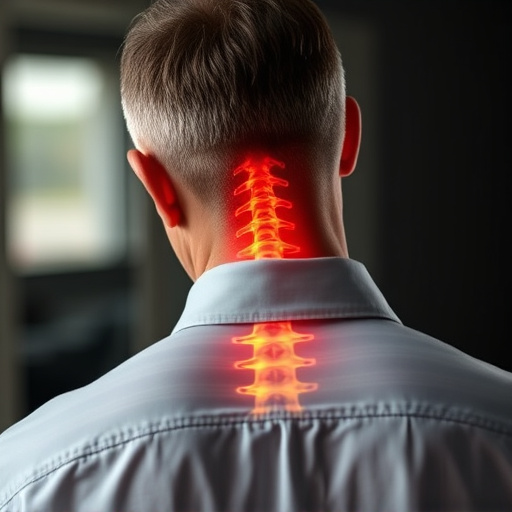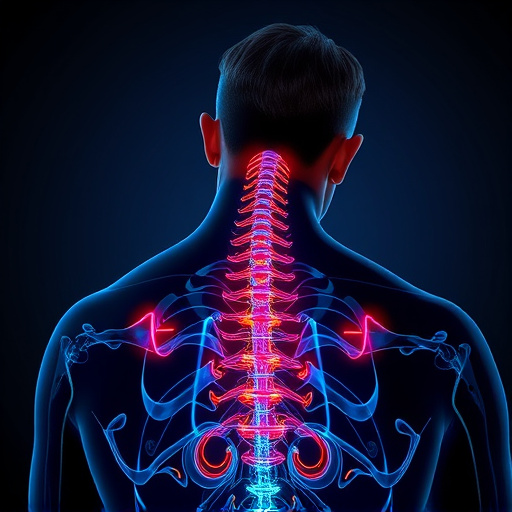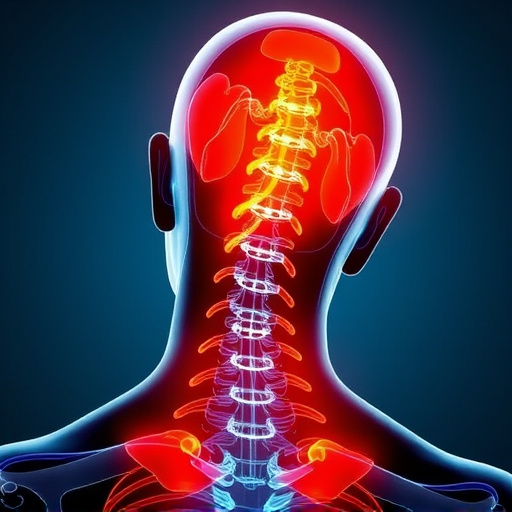Automotive collisions frequently cause injuries to the delicate neck and back regions, highlighting the need for targeted neck and back pain relief strategies. These areas are vulnerable to strains and ruptures during impacts, leading to persistent pain if not properly addressed. Specialized recovery teams, including emergency medical technicians and healthcare professionals, play a critical role in immediate post-collision care, focusing on stabilizing victims and providing neck and back pain relief. Effective techniques such as chiropractic adjustments, physical therapy, and rehabilitation programs offer lasting solutions for recovery. Additionally, adopting ergonomic habits and regular exercises recommended by healthcare professionals can prevent and manage neck and back pain in the long term, enabling individuals to regain their mobility and active lifestyles after car accidents.
“In the aftermath of automotive collisions, specialized recovery plays a pivotal role in managing neck and back pain relief. This comprehensive guide delves into the intricate details of post-collision care, beginning with understanding the impact of accidents on the body. We explore common injuries, highlighting neck and back trauma, and discuss the essential role of dedicated recovery teams. Advanced techniques for pain management are examined, along with rehabilitation strategies for long-term recovery. Additionally, practical tips equip patients to prevent and manage pain effectively.”
- Understanding Automotive Collisions and Their Impact on the Body
- Identifying Common Neck and Back Injuries in Car Crashes
- The Role of Specialized Recovery Teams in Post-Collision Care
- Advanced Techniques for Neck and Back Pain Relief After Accidents
- Rehabilitation and Physical Therapy for Long-Term Recovery
- Preventing and Managing Pain: Tips for Post-Collision Patients
Understanding Automotive Collisions and Their Impact on the Body
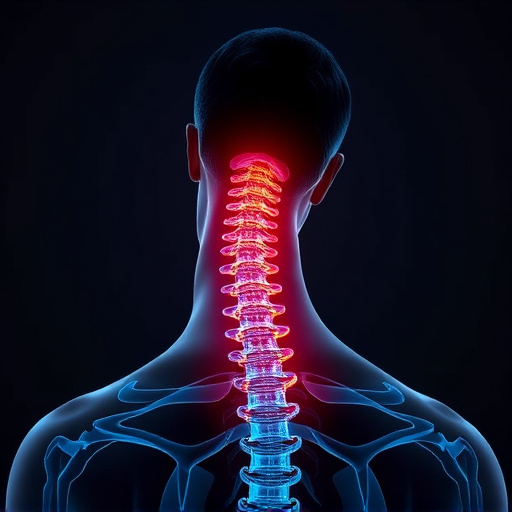
Automotive collisions can have a profound impact on the human body, with forces that are often severe and unpredictable. When a vehicle is involved in an accident, the occupants experience a rapid deceleration, which can lead to a variety of injuries, particularly in the neck and back regions. These areas are particularly vulnerable due to their complex network of muscles, ligaments, and vertebrae.
The force generated during a collision can cause strain or even rupture these structures, resulting in neck and back pain relief becoming a top priority for recovery. Understanding how automotive collisions affect the body is crucial for developing effective strategies to mitigate and manage pain, ensuring a smoother path to healing and improved quality of life after such traumatic events.
Identifying Common Neck and Back Injuries in Car Crashes
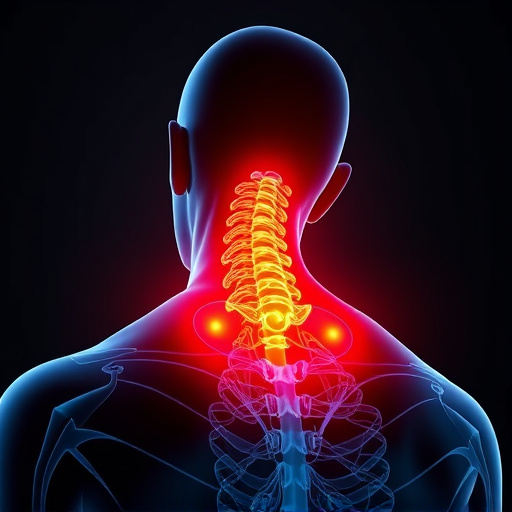
Car collisions can cause a range of injuries, with many affecting the neck and back regions. These areas are particularly vulnerable due to their sensitivity and crucial roles in supporting the upper body. Common neck injuries include whiplash, which is characterized by strained muscles and tendons caused by sudden forward or backward acceleration. This often leads to severe neck and back pain relief issues that can persist if not properly managed.
Back injuries are equally prevalent, with herniated discs being a frequent outcome. These occur when the soft inner core of a spinal disc pushes through a tear in its outer ring, putting pressure on nearby nerves. Such injuries require careful assessment and treatment to address neck and back pain relief effectively. Specialized recovery programs focus on these areas to ensure individuals make a full recovery after automotive collisions.
The Role of Specialized Recovery Teams in Post-Collision Care
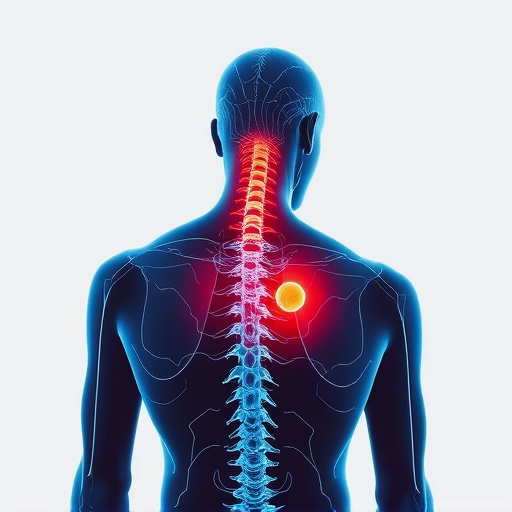
In the immediate aftermath of an automotive collision, specialized recovery teams play a pivotal role in ensuring comprehensive post-collision care. These teams are equipped to handle more than just the physical repairs of vehicles; they prioritize the well-being and recovery of individuals affected by such incidents. Members often include emergency medical technicians, physiotherapists, and other healthcare professionals who work together to provide immediate assistance and long-term support. They assess and address injuries, particularly focusing on common issues like neck and back pain relief, which can significantly impact a victim’s quality of life post-accident.
Specialized recovery teams employ advanced techniques and equipment to stabilize victims, reduce pain, and prevent further injury. Their expertise in managing neck and back pain is crucial, as these areas are frequently affected in car crashes. By providing prompt care, they not only alleviate immediate suffering but also set the stage for a faster and more complete recovery process. This holistic approach ensures that individuals receive not just physical repairs to their vehicles, but also the necessary support to mend their bodies and minds after a traumatic event.
Advanced Techniques for Neck and Back Pain Relief After Accidents
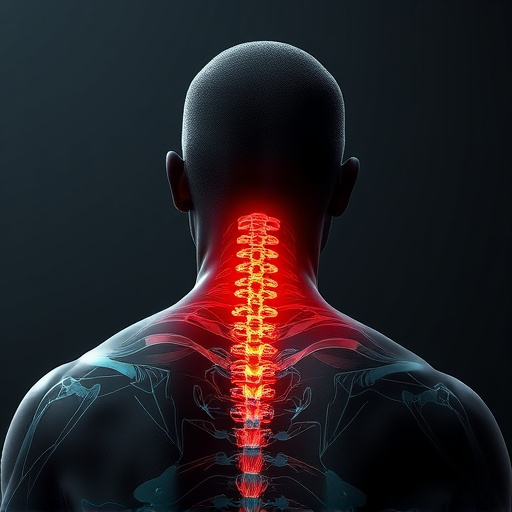
After automotive collisions, many individuals suffer from neck and back pain, which can significantly impact their daily lives. Advanced techniques now offer effective solutions for relief and recovery. Chiropractic care, a popular choice, focuses on adjusting the spine to reduce pressure on nerves, alleviating pain and improving mobility. This hands-on approach has proven successful in treating whiplash and other spinal injuries common in car accidents.
Additionally, physical therapy plays a vital role in specialized recovery. Tailored exercises and stretching routines enhance flexibility and strengthen muscles supporting the neck and back. Therapists use various modalities like heat/ice treatment, electrical stimulation, and massage to provide comprehensive care, ensuring patients find lasting relief from post-accident discomfort.
Rehabilitation and Physical Therapy for Long-Term Recovery
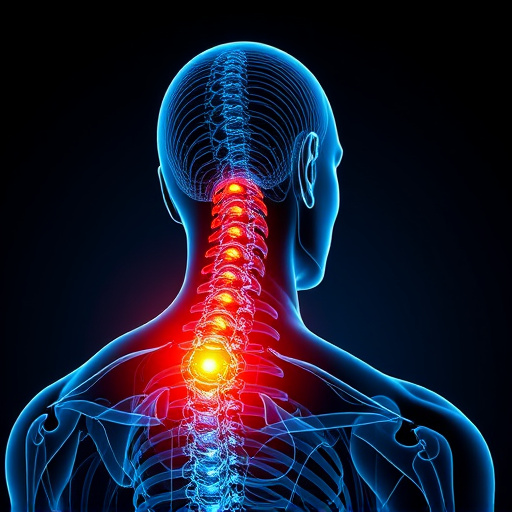
Rehabilitation and physical therapy play a pivotal role in the long-term recovery process for individuals post-automotive collisions. Beyond addressing immediate injuries, these tailored programs focus on restoring mobility, enhancing flexibility, and alleviating persistent symptoms like neck and back pain. Skilled therapists employ various techniques, including exercise regimens, manual therapy, and specialized equipment, to help patients regain their range of motion and strengthen supporting muscles.
The personalized nature of rehabilitation ensures that each patient receives targeted care that addresses their unique needs. Through consistent practice and professional guidance, individuals can learn self-management strategies for ongoing well-being, enabling them to lead more active lives free from the constraints of chronic pain. Effective rehabilitation not only facilitates physical recovery but also fosters mental resilience, contributing to a faster and fuller return to daily routines and activities.
Preventing and Managing Pain: Tips for Post-Collision Patients
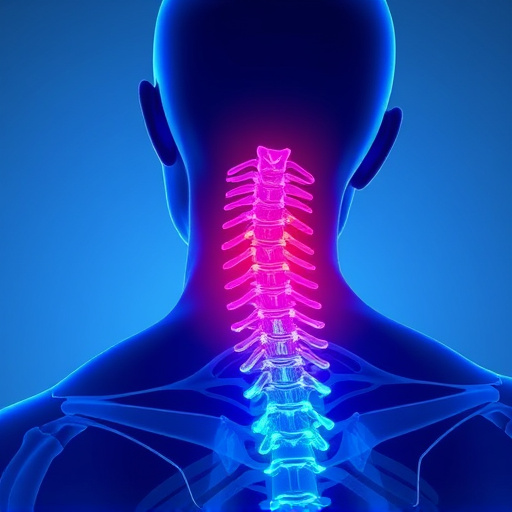
After a car accident, managing pain is a top priority for many patients. Neck and back pain are common issues that can arise from the impact of a collision. To alleviate this, patients should focus on both preventing and actively managing their pain.
One effective strategy is to maintain proper posture during recovery. Good ergonomics at home and in the workplace can help reduce strain on the neck and back muscles. Additionally, regular exercise tailored to strengthening core muscles can offer significant neck and back pain relief over time. Patients should consult with healthcare professionals for personalized exercises that cater to their specific needs and injuries.



